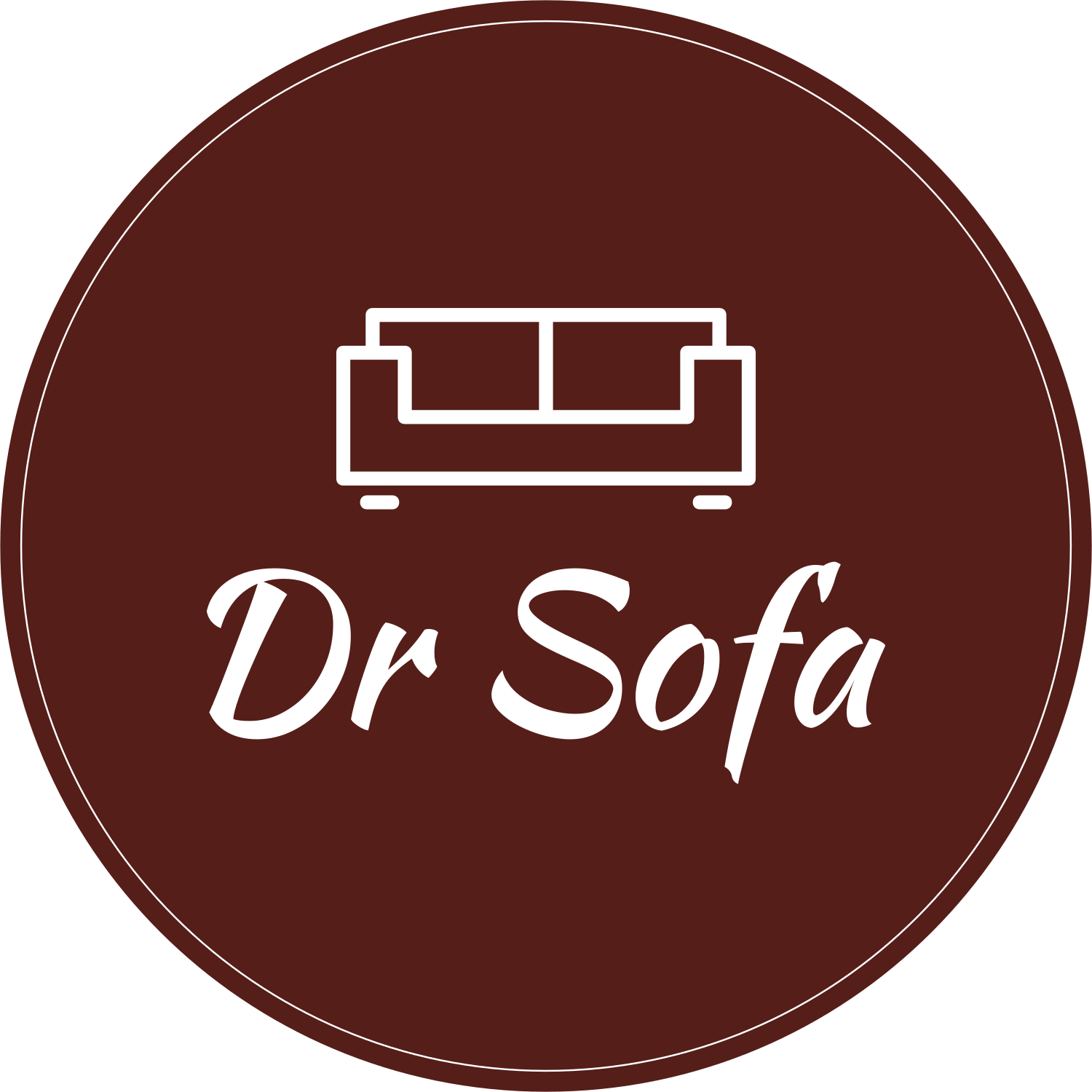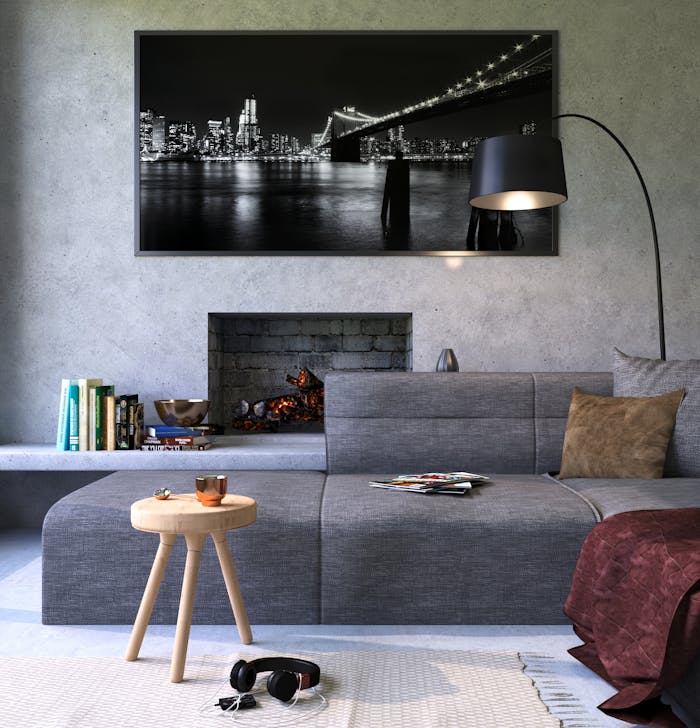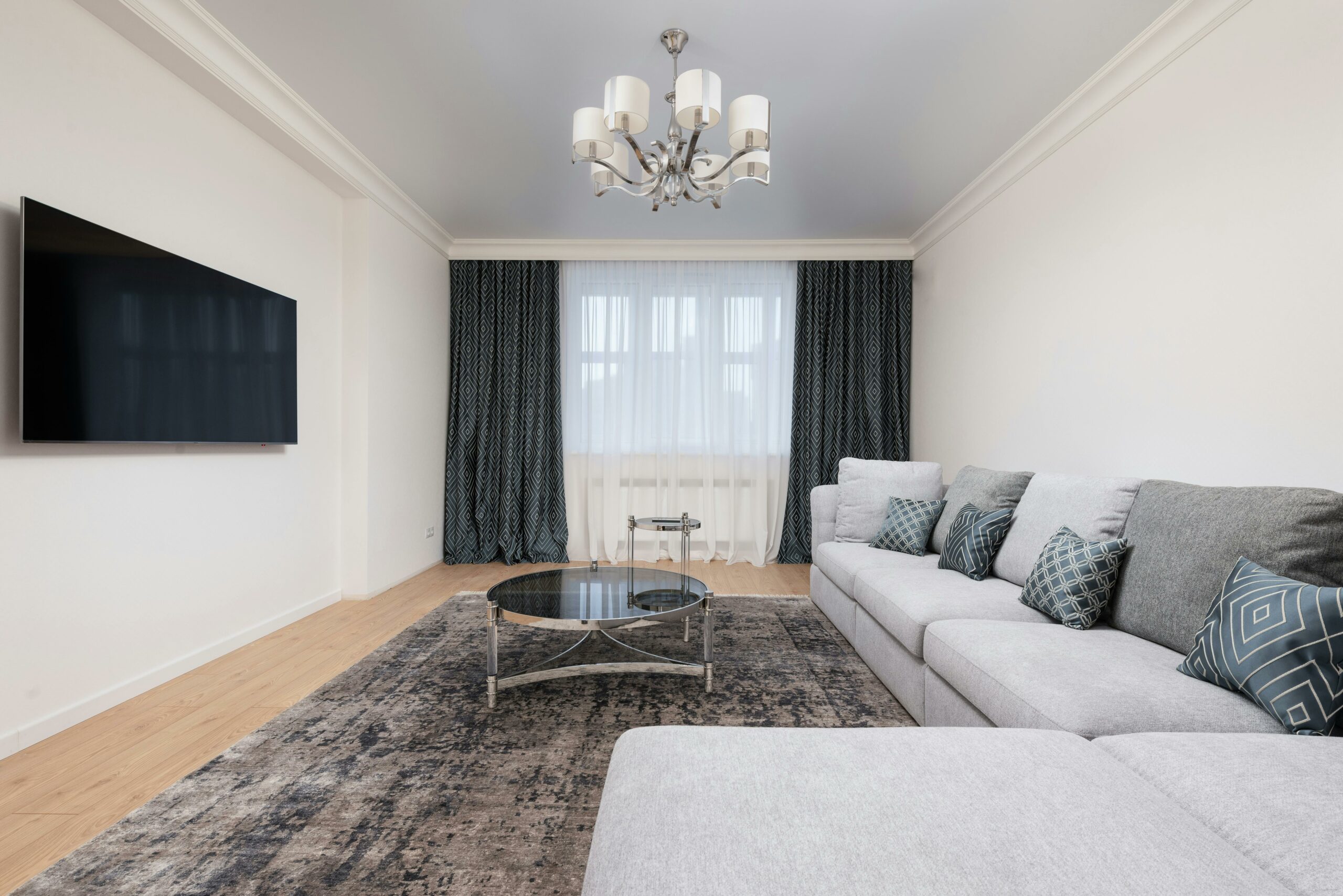Choosing the perfect leather for your sofa is a significant decision that combines functionality, aesthetics, and durability. A leather sofa is not just a piece of furniture; it’s an investment in your home’s interior design and comfort. In this guide, we will help you navigate the various types of leather available, understand their unique characteristics, and choose the best option to suit your needs and lifestyle.
Understanding Different Types of Leather
When selecting leather for your sofa, it is essential to understand the various types of leather and how they differ. The type of leather you choose will affect the sofa’s appearance, texture, durability, and maintenance requirements. Below, we explore the most common types of leather:
Full-Grain Leather
Full-grain leather is considered the highest-quality leather available. It is made from the top layer of the hide, retaining the natural grain and imperfections that give it a unique, authentic look. This type of leather is exceptionally durable and ages beautifully over time, developing a rich patina.
- Pros: Extremely durable, luxurious appearance, develops character over time.
- Cons: More expensive, requires regular maintenance.
Top-Grain Leather
Top-grain leather is the second-highest grade of leather. It is made by sanding away the natural grain to remove imperfections, resulting in a smooth, uniform surface. It is softer and more flexible than full-grain leather, making it a popular choice for sofas.
- Pros: Smooth texture, resistant to stains, more affordable than full-grain leather.
- Cons: Slightly less durable than full-grain leather, lacks natural grain patterns.
Genuine Leather
Genuine leather is made from the lower layers of the hide after the top grain has been removed. It is less expensive than full-grain and top-grain leather but also less durable and less luxurious.
- Pros: Affordable, available in a variety of finishes.
- Cons: Less durable, does not age as gracefully.
Bonded Leather
Bonded leather is made from scraps of leather that are bonded together with adhesives and then coated to resemble genuine leather. While it is the most budget-friendly option, it lacks the durability and quality of natural leather.
- Pros: Affordable, visually similar to real leather.
- Cons: Prone to peeling and cracking, limited lifespan.
Faux Leather (Synthetic)
Faux leather, also known as synthetic leather, is an artificial material designed to mimic the appearance of real leather. It is an animal-free option and is often used in modern and minimalist designs.
- Pros: Affordable, easy to clean, cruelty-free.
- Cons: Less breathable, shorter lifespan than natural leather.
Factors to Consider When Choosing Leather
Durability and Longevity
If you want a sofa that will last for decades, full-grain or top-grain leather is your best option. These leathers are resistant to wear and tear, making them ideal for households with pets, children, or heavy usage.
Comfort and Texture
The texture of leather can significantly impact the comfort of your sofa. Full-grain leather offers a natural, luxurious feel, while top-grain leather provides a smoother finish. Faux leather and bonded leather, though less expensive, may feel less soft and inviting.
Maintenance Requirements
Leather sofas require regular maintenance to keep them looking their best. Full-grain and top-grain leathers need periodic conditioning to prevent drying and cracking. Faux leather and bonded leather, on the other hand, are easier to clean but may degrade more quickly over time.
Aesthetics and Style
The type of leather you choose will influence the overall look of your sofa. Full-grain leather offers a natural and timeless appearance, while top-grain leather provides a polished and modern look. Faux leather and bonded leather are available in a wide range of colors and textures, making them versatile options for contemporary designs.
Budget
Your budget will play a significant role in determining the type of leather you choose. Full-grain leather is the most expensive option, followed by top-grain leather. Genuine leather, bonded leather, and faux leather are more budget-friendly alternatives, but they may sacrifice some quality and durability.
Leather Finishes and Their Impact
Leather finishes can enhance the appearance and performance of your sofa. Here are some common finishes to consider:
Aniline Leather
Aniline leather is dyed with soluble dyes, leaving the natural surface visible. It is soft, supple, and has a natural look, but it is more susceptible to stains and scratches.
- Best For: Formal living rooms, low-traffic areas.
Semi-Aniline Leather
Semi-aniline leather is treated with a light protective coating, making it more resistant to stains while retaining its natural appearance.
- Best For: Families, moderate-traffic areas.
Pigmented Leather
Pigmented leather has a protective coating that makes it highly durable and resistant to stains and fading. However, it has a less natural look compared to aniline leather.
- Best For: High-traffic areas, households with pets and children.
Tips for Maintaining Your Leather Sofa
To ensure your leather sofa remains in excellent condition, follow these maintenance tips:
- Regular Cleaning: Wipe your sofa with a soft, damp cloth to remove dust and dirt. Avoid using harsh chemicals or abrasive cleaners.
- Conditioning: Apply a leather conditioner every 6-12 months to keep the leather soft and prevent cracking.
- Avoid Direct Sunlight: Prolonged exposure to sunlight can cause leather to fade and dry out. Place your sofa away from windows or use curtains to reduce UV exposure.
- Protect from Spills: Clean up spills immediately to prevent staining. Use a leather-specific cleaner for tough stains.
- Rotate Cushions: Rotate and flip cushions regularly to ensure even wear.
Conclusion
Choosing the right leather for your sofa requires careful consideration of factors like durability, aesthetics, comfort, and budget. Full-grain and top-grain leathers offer premium quality and longevity, while genuine, bonded, and faux leathers provide more affordable options. By understanding the characteristics of each type of leather and evaluating your specific needs, you can select a sofa that enhances your home and stands the test of time. Remember to invest in proper maintenance to keep your leather sofa looking its best for years to come.



